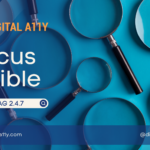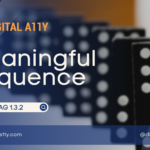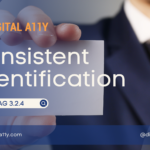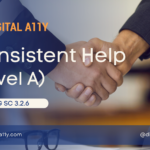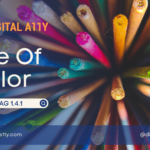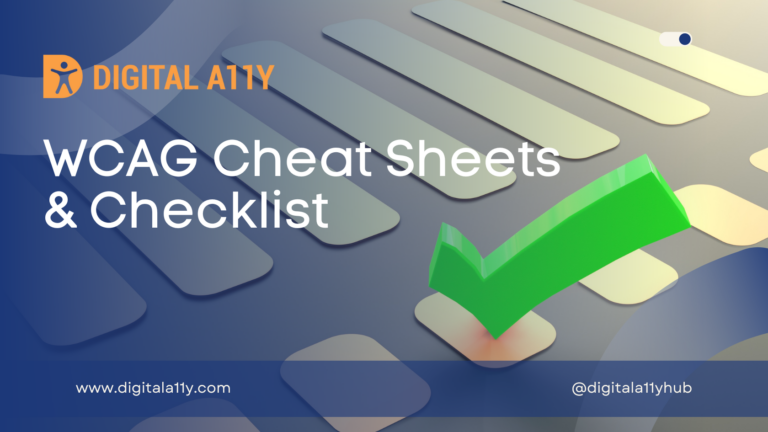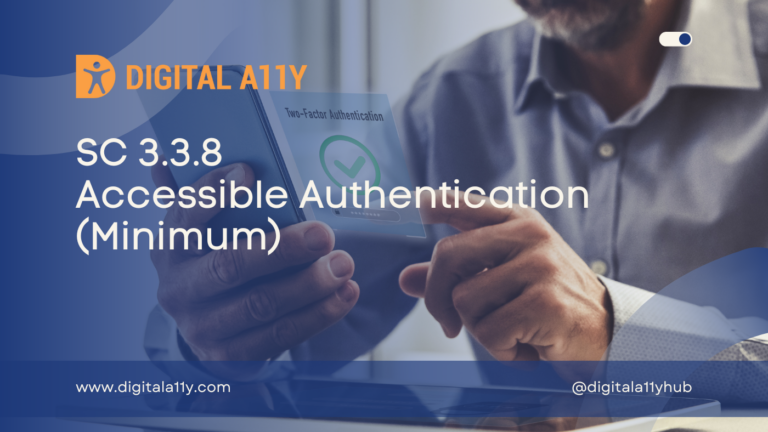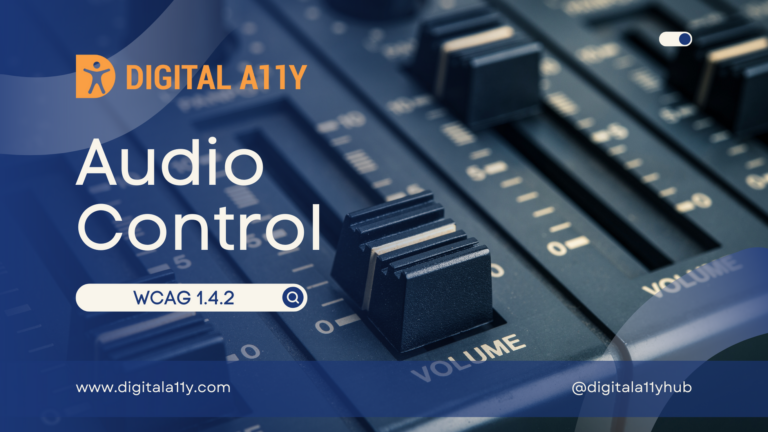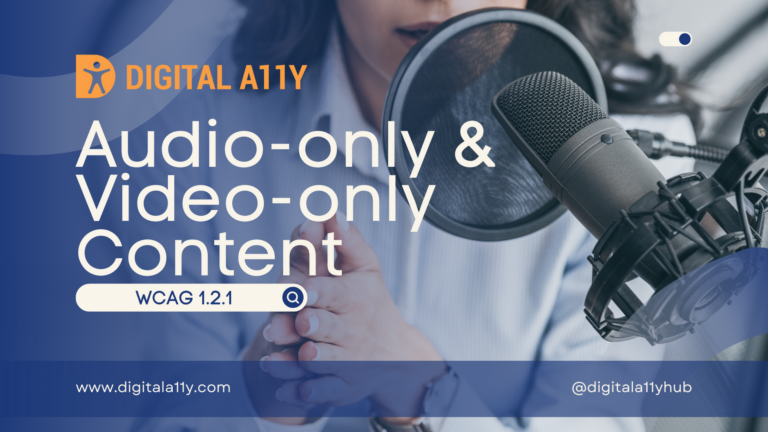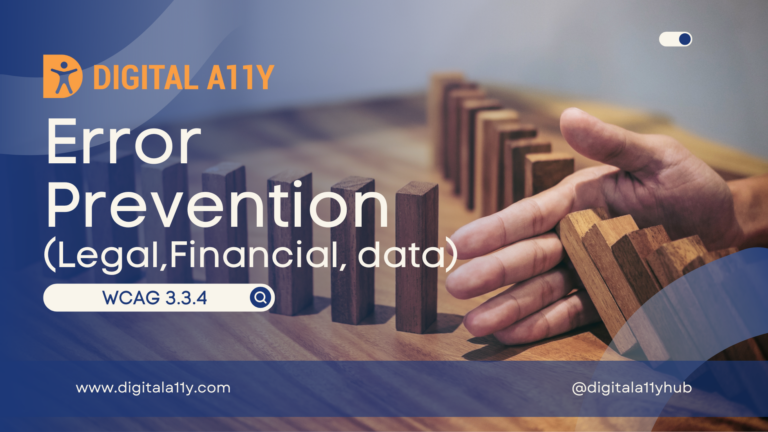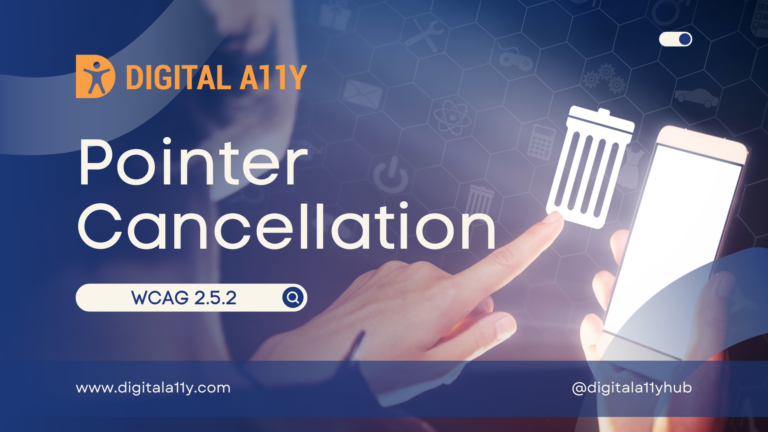Understanding WCAG SC 1.3.3 Sensory Characteristics

Instructions provided for understanding and operating content do not rely solely on sensory characteristics of components such as shape, size, visual location, orientation, or sound. (Level A)
This success criterion requires that instructions or information to understand or operate the web content do not use only visual or auditory clues. Such clues include shape, size, location, orientation and sound clues. This doesn’t mean use of shape and/or location is discouraged altogether as using shape and/or size is an effective way of providing information. Similarly, in some of the languages, ‘above’ and ‘below’ mean the immediate ‘previous’ or ‘after’ contents. In such cases, if the reading order is correct, then it is fine with statements like “Choose one of the options below”.
Note that this success criterion applies only to digital content and not to physical devices such as ATMs or check-in kiosks where the shape of the physical buttons (tactile clues) must be understood in their form.
For Whom it benefits
- People who are blind or low vision who cannot see the shape, size or location
- People with cognitive disabilities who cannot understand shape, size or location as clues
- People who are deaf and deaf-blind who cannot understand audio clues.
Examples that would fail
- A calendar widget where the current date and the selected date have a diamond shaped glyph alone to indicate so
- In a shopping flow, the completed steps have an (X) icon alone to indicate so
- In an online learning site, while doing exercises, completion of steps is conveyed with a sound of the bell alone
- In an online survey, the instruction says “click the triangle button at the bottom right to go to the next page”
How do I address this?
To address this, simply use more than one clue to instruct or inform the users. Using a combination of shape/size/location/orientation along with color/text would take care of all the users’ needs.
